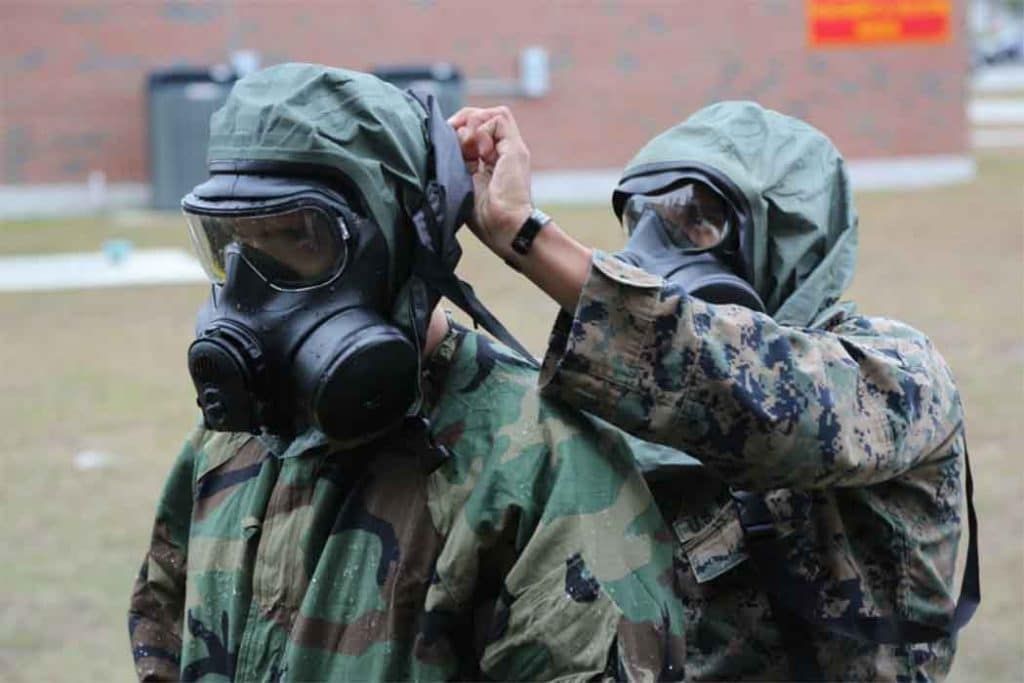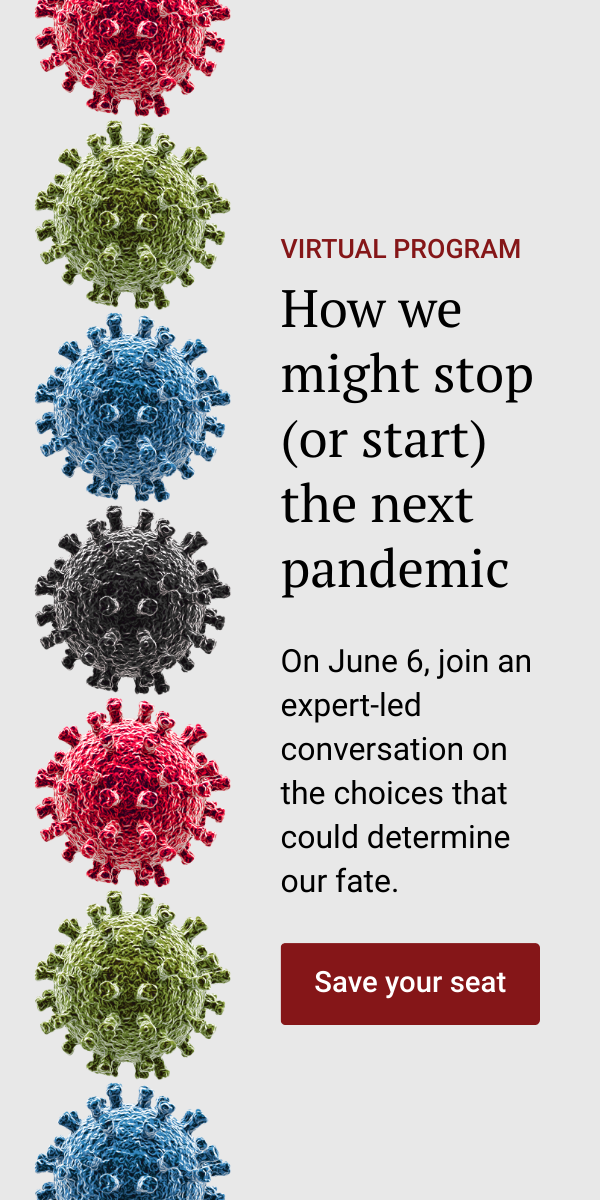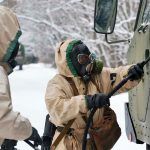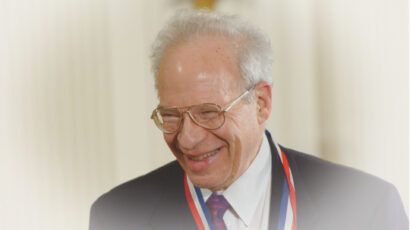What’s a chemical weapon? A global weapons treaty could use some clarity
By Lennie Phillips | April 12, 2023
 US soldiers practice responding to a chemical or biological weapons attack. Credit: Salvador R. Moreno/US Marine Corps.
US soldiers practice responding to a chemical or biological weapons attack. Credit: Salvador R. Moreno/US Marine Corps.
Last October, a video surfaced in the Kurdish news media showing what look to be soldiers on a rocky outcropping near the opening of a cave. One appears to insert some sort of rod into the opening before moving away with the other soldiers. Moments later dust or smoke begins to emerge from the surrounding rocks. The video accompanies an ANF News article alleging that Turkish forces had been using chemical weapons against Kurds in Iraq. Earlier reports in ANF News, relating to northern Iraq, refer to Turkish use of “phosphorus bombs in addition to other chemical weapons,” with the implication that the phosphorus was used as a chemical weapon.
While an accurate assessment of what may or may not have happened in the reported incidents would require an investigative team with sufficient access to relevant evidence, the allegations do raise a question that is more complicated than it might seem: What is a chemical weapon? The Chemical Weapons Convention (CWC), the international treaty banning chemical weapons, recognizes that chemicals have both beneficial and malign uses and takes a nuanced approach to defining chemical weapons and their use. It is within these nuances that, in many cases, non-governmental groups have claimed use of chemical weapons against them or the people they represent. Are these claims based on ignorance of what is classed as use of chemical weapons? Are they indeed cases where chemical weapons have been used or merely attempts to grab headlines? Conversely, have the alleged perpetrators used chemicals for reasons that wouldn’t violate the treaty, or have they hidden within in the middle of the treaty’s nuances and masked deliberate use of chemical weapons, perhaps on the pretense that there is a gray area?
The CWC defines chemical weapons not just in terms of the substances themselves but with broader reference to their intended use. It prohibits development, production, stockpiling, and use of toxic chemicals “except for purposes not prohibited by the CWC.” A toxic chemical is defined as “any chemical which through its chemical action on life processes can cause death, temporary incapacitation or permanent harm to humans or animals.” Aside from the reference to temporary incapacitation, the definition does not specify whether effects are acute or chronic, nor does the definition relate to other widely accepted definitions such as lethal concentrations or doses of chemicals.
Non-prohibited uses include obviously peaceful purposes such as industry or agriculture, but also “military purposes not connected with the use of chemical weapons and not dependent on the use of the toxic properties of chemicals as a method of warfare”—in other words, where the toxicity of a chemical is incidental. The treaty also permits law enforcement use of chemicals, including for domestic riot control.
With the CWC in mind, it’s worth now exploring in more detail some situations where the use of chemical weapons has been or might be alleged. In this context, it is important to identify what is and what is not contrary to the CWC, where gray areas still exist, and what action could be taken to emphasize the understanding of the CWC or clarify the gray areas.
Perceived gray areas. The smoke produced by burning phosphorus could meet the definition of a toxic chemical. If the intended use was as a smoke screen, however, or for phosphorus’s pyrophoric properties (igniting on contact with air), the use would be permissible, provided that the quantity of phosphorus used was consistent with the intended purpose. Using an amount of phosphorus that was consistent with screening troops when entering caves would be classed as permitted under the CWC—and this would appear to be the case regardless of whether people suffered incidentally from the effects of the smoke. Conversely, using phosphorus smoke with no intention of sending troops in, to “smoke out” anyone hiding inside, would be classed as use of chemical weapons. Although a lot harder to ascertain, excessive use of phosphorus under the guise of a smoke screen could be attributed as use of chemical weapons on the basis that the quantity was not consistent with the intended purpose of providing a smoke screen.
Beyond phosphorus, the use of riot control agents like tear gas can also raise treaty-relevant questions, though these substances are covered more specifically than phosphorus in the CWC. As a method of warfare, their use is prohibited. The CWC defines riot control agents as chemicals that “can produce rapidly in humans sensory irritation or disabling physical effects which disappear within a short time.” The definition places them, albeit to some extent tenuously, within the that of toxic chemicals, which calls out chemicals that cause “incapacitation” as well as harm or death. This implies that unless used for law enforcement, the use of riot control agents would be classified as use of a chemical weapon. But there have been several cases that appear to complicate the distinction between warfare and law enforcement.
For instance, US border patrol agents used tear gas on migrants at the US/Mexican border in November 2018. Three years earlier, Hungarian police, did the same on that country’s border with Serbia. Were these acts of warfare? According to international humanitarian law, these incidents would meet neither the definition for international conflict nor the definition of non-international conflict, for example, a civil war. Without a war, it would appear to be difficult to class tear gas for border control as a method of warfare.
Were the US/Hungarian actions law enforcement, and if so, can a country enforce law on the territory of another country? In cases where the host nation has expressly permitted use or where use of riot control agents is carried out under the authority of a United Nations Security Council Resolution, then yes, law can be enforced by one country on the territory of another country. The situations above, however, do not fall into these categories and are very much in a legal gray area. An investigation would have been required to determine whether the tear gas use by the United States and Hungary was permitted or not under the CWC.
Similarly, in March 2022, Russian forces reportedly used riot control agents on protesters in the city of Skadovsk in the Kherson region of Ukraine. In most situations the use of riot control agents to disperse protesters would be viewed as normal practice. In this case, however, the users were military occupiers; they were using the agents on citizens of a country with which the occupiers were at war. Was this law enforcement? If so, which laws were relevant, those of the invaded or those of the invaders? A similar use took place in Afrin, Syria, in June 2022, where Turkish forces also reportedly used tear gas on protesters. Both incidents and more of a similar nature are also firmly in a perceived gray area. By contrast, reports of Russian drones dropping riot control agents in September and October 2022 on Ukrainian military forces during open combat, if confirmed, would clearly represent contraventions of the CWC.
When is a poisoning more than a poisoning? Phosphorus and riot control agents at least fit the classic image of chemical weapons—chemicals dispersed over a wide area to impact a large number of people. But these characteristics are not necessary for an attack to qualify as chemical weapons use. Take the nerve agent poisonings of Russian activist Alexei Navalny and former intelligence officer Sergei Skripal with Novichok, for example, or the assassination of Kim Jong Nam, half-brother to the North Korean leader, with VX. In two of these cases, people were killed and incapacitated by chemical action on life processes. The Skripal case, where unconnected parties were killed and injured, also helps to demonstrate the indiscriminate nature of chemical weapons.
These cases were broadly announced as the use of chemical weapons and certainly fit the definitions in the CWC. However, take the example where a dentist allegedly poisoned his wife with potassium cyanide. No one has suggested that this was the use of chemical weapons, even though it also fits the definitions in the CWC as use of chemical weapons. Thus, why did many countries class poisoning using VX and Novichok as the use of chemical weapons, but leave other substances to the jurisdiction of national law? Russia’s alleged assassination attempts and the murder of Kim Jong Nam have understandably raised concerns about the fraying of norms against chemical weapons use, thus the answer probably lies more in the realm of international politics than it does in adherence to the letter of the CWC. However, what was politically expedient has opened up a situation in which, by the logic of the treaty text, poisoning should be treated as a use of chemical weapons. Poisonings are one area where a malicious actor could exploit the ambiguity around how the treaty considers these substances.
How can some of these issues be addressed? In 2021, the Organization for the Prohibition of Chemical Weapons, the implementation body of the CWC, showed it could deal with another perceived ambiguity when it clarified that chemicals like the opioid fentanyl could not be categorized as riot control agents. Russian police allegedly used aerosolized fentanyl on Chechen militants and their hostages in a Moscow theater in 2002. More than 100 people died in the operation. While it was clear to those who understood the nuances of the CWC that using fentanyl in law enforcement operations is not permissible, it appeared to suit some states parties to operate as though there were a gray area.
The every five-year CWC review conference scheduled for May gives countries the opportunity to demonstrate the importance of clarity and reaffirm the comprehensive nature of the convention. Many states parties to the treaty may feel no need to further clarify apparent ambiguities such as those surrounding tear gas, phosphorus, or common household poisons—relatively innocuous substances when compared with sarin or sulphur mustard. However, if not addressed, there is a risk of normalizing low-level use of chemical weapons, as well as potential escalation in which larger scale use of chemical weapons would be seen as only one small step from what had previously been carried out unchallenged. Furthermore, greater clarity on what is and what is not the use of chemical weapons would be useful to prevent misunderstanding—and, perhaps more importantly, to prevent those countries that do understand from hiding behind textual interpretations. The review conference is a significant event for the chemical weapons disarmament community and an ideal forum for countries to record a decision on understanding the issues raised here.
Together, we make the world safer.
The Bulletin elevates expert voices above the noise. But as an independent nonprofit organization, our operations depend on the support of readers like you. Help us continue to deliver quality journalism that holds leaders accountable. Your support of our work at any level is important. In return, we promise our coverage will be understandable, influential, vigilant, solution-oriented, and fair-minded. Together we can make a difference.
Keywords: Chemical Weapons Convention, OPCW, tear gas
Topics: Chemical Weapons
















Depleted Uranium is also said to have some effects on populations that might be considered a result of chemical action. The substance has recently come to the attention of the public via Great Britain’s interest in providing spent uranium munitions to the Kiev regime.